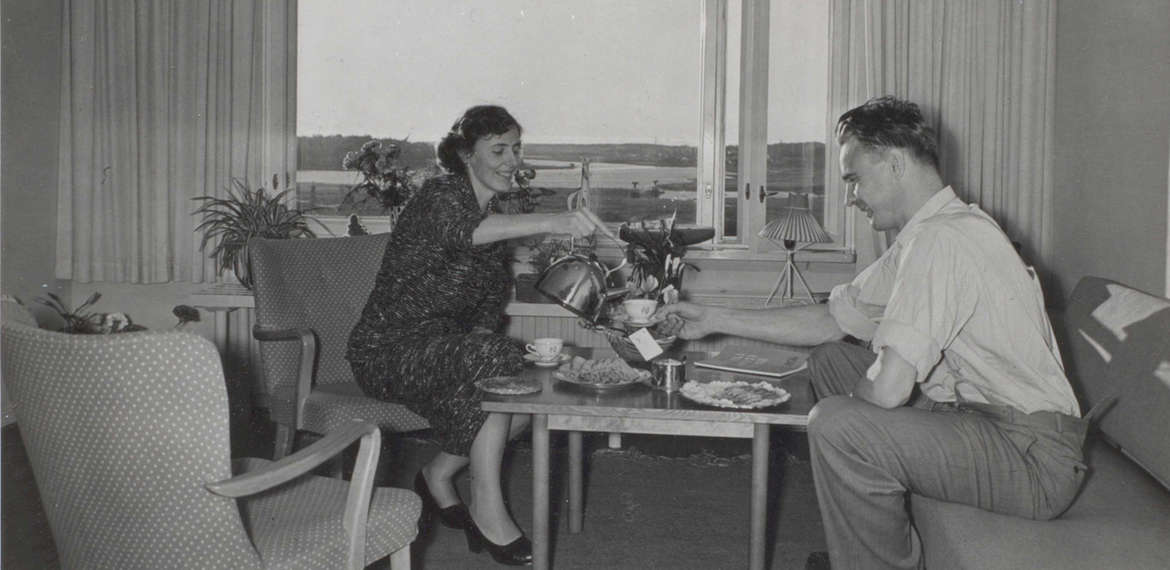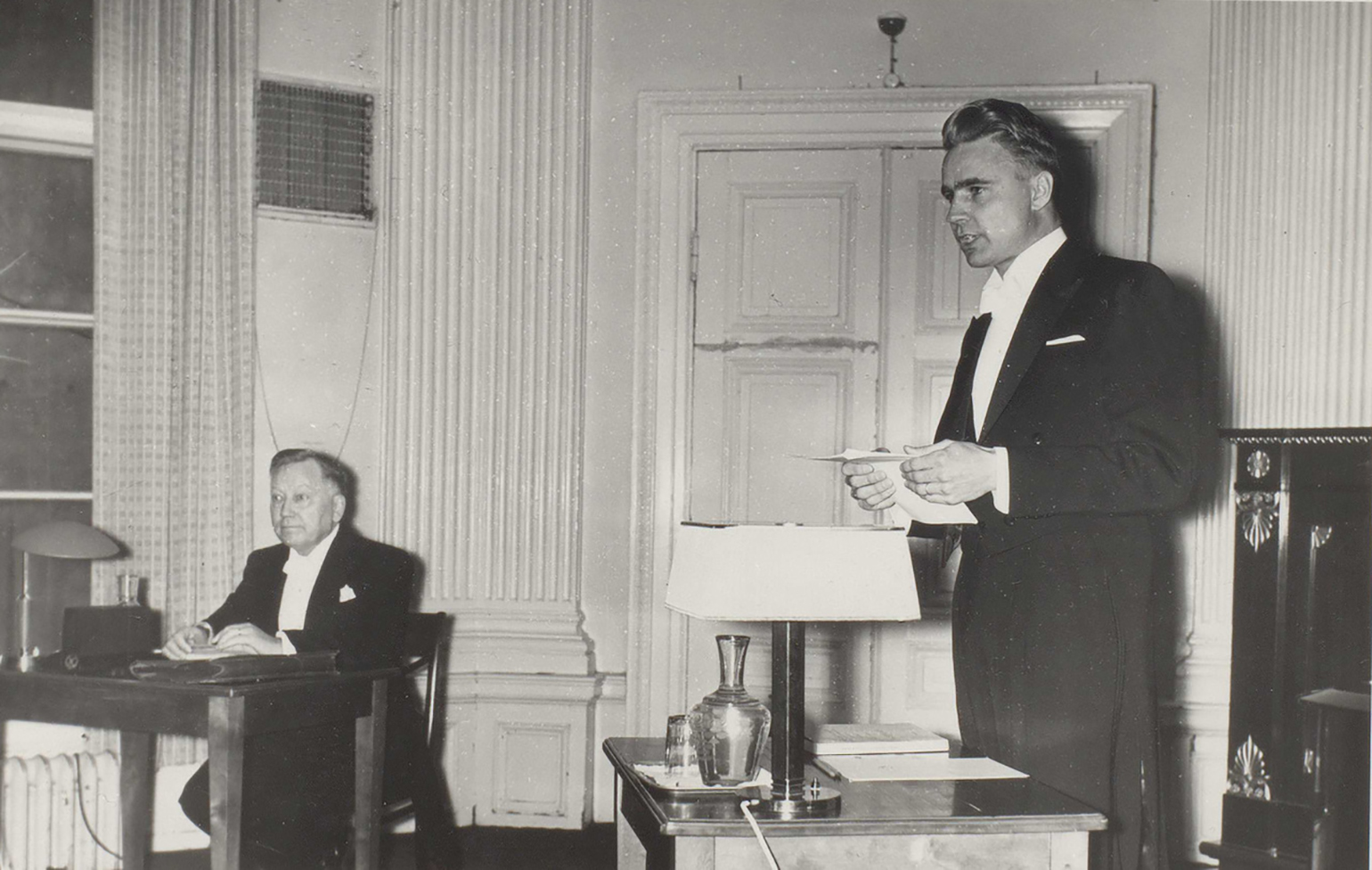President Koivisto was reminisced in the Maritime History Days
Deceased in in 2017, former President of Finland Mauno Koivisto was probably the best known dock worker in Finland. Mr Koivisto worked in the Port of Turku at the turn of the 1940s and 1950s when the working conditions in ports were different in every way compared to today. The work itself was hard, sometimes even dangerous, and political ambitions ran wild.

Mauno Koivisto had only worked in the port for a short time before political tension resulted in a port strike that started in autumn 1949. The government ordered the strike to be ended in the Port of Hanko to where Mr Koivisto was sent as an office manager to recruit men for dock work. After the industrial action was over, the Finnish union of loading employers hired Mr Koivisto as an inspector of labour offices from which job he finally resigned as he thought that the port employers had failed their promises given before the strike. From then on Mr Koivisto worked e.g. as a teacher, focusing at the same time on his academic studies which led to the degree of Doctor of Philosophy in 1956.
Determined studying alongside work
Arranged at Forum Marinum in Turku from 22–24 March 2019, the Maritime History Days provided a more detailed account of Mauno Koivisto’s path from dock worker to Doctor of Philosophy. Mr Koivisto’s theses and their background were presented by Docent Tapio Bergholm from the University of East Finland who is currently writing Mauno Koivisto’s biography.
”Mauno Koivisto was an exceptionally efficient student, especially considering that he did all his studies alongside work. After completing upper secondary education in two years he enrolled in the University of Turku in 1949. He started his university studies at the age of 25 and finished with the doctoral degree at the age of just 33 years. Mr Koivisto defended his doctoral dissertation at the age of 32, but in the faculty meeting following the dissertation the matter was left undecided, and thus Mr Koivisto only received his degree certificate after his 33rd birthday in December 1956”, Tapio Bergholm explains the progress of Mr Koivisto’s studies.
Research on social relations in the port
According to Tapio Bergholm, Mr Koivisto’s swift progress is explained by the fact that all three of his theses were parts of the same research project. Focusing on the same research subject ensured that his studies proceeded at an amazing speed alongside gainful employment, married life, and activities in different organisations.
Although there is constant quarrelling in the Port of Turku, it is probably not a particularly unhappy place in this world filled with unrest and uncertainty…(Mauno Koivisto in his doctoral dissertation in 1956).
”For his Master’s thesis on the working relations in the Port of Turku he compiled extensive materials by interviewing the port employees. Mr Koivisto was awarded for his Master’s thesis the grade magna cum laude which his instructor, Professor Esko Aaltonen had not, according to his own words, given to anybody before. The thesis was expanded during the same autumn into a Licentiate’s thesis with one new main chapter in which he studied the position of foremen in the port. The new thesis was, however, just an intermediate phase for Mr Koivisto as he proceeded directly to doctoral studies. Mr Koivisto’s instructor Professor Esko Aaltonen also encouraged him to work quickly, although after a long and laborious assessmen process he finally proposed to the faculty that the doctoral dissertation be approved with the grade cum laude approbatur which the faculty did.

Photo source: Mauno Koivisto’s archives, the National Archives of Finland.
From doctoral studies to business world and top of politics
Thus Mauno Koivisto had reached one of his goals, aiming at an academic career as a researcher in university. There was a change of plan, however, when Joonas Laherma, Managing Director of Helsingin Työväen Säästöpankki bank attracted Mr Koivisto to take over as his successor in summer 1957. Moving to Helsinki gave Mr Koivisto a better chance to enter national politics, and in the end he served as the President of Finland from 1982–1994.
Text: Kari Ahonen
